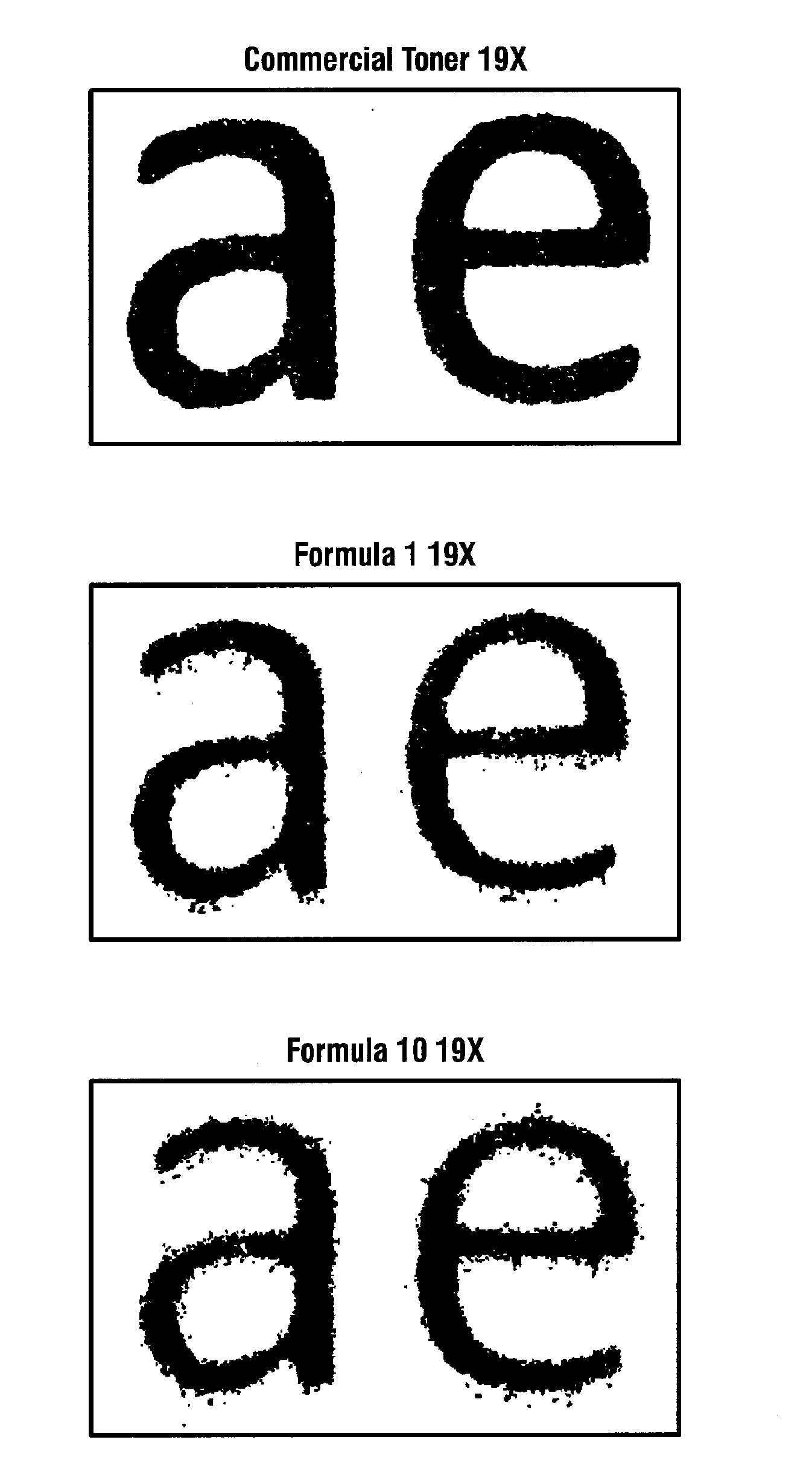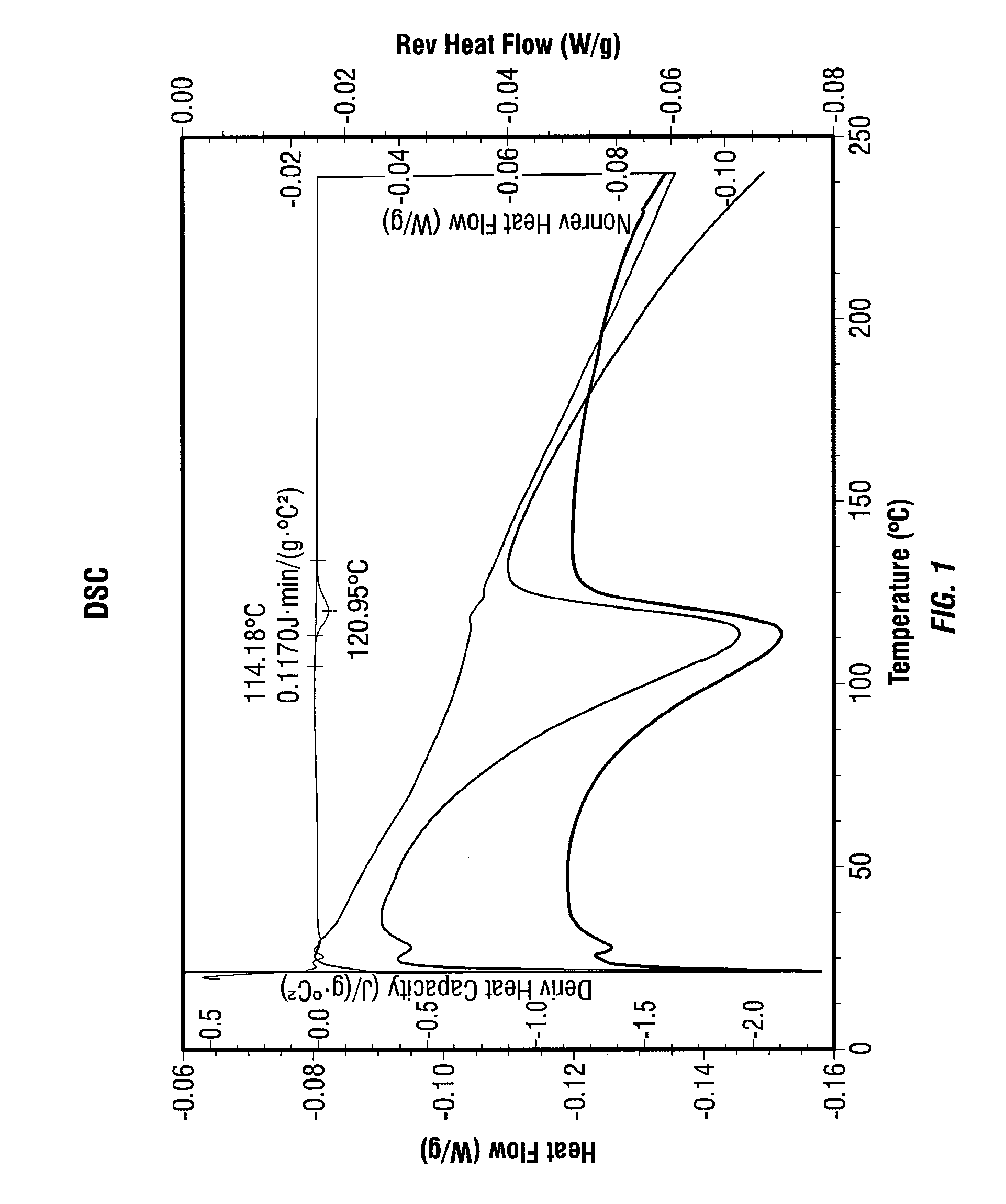Oligomeric products of polyethylene terephthalate (PET) and methods of making and using same
a technology of polyethylene terephthalate and polyethylene terephthalate, which is applied in the field of polyethylene terephthalate and its oligomeric products and methods of making and using same, can solve the problems of high cost of purification, low purity molded products, and inability to reuse pet beverage containers, etc., and achieves simple and efficient process. , the effect of high purity
- Summary
- Abstract
- Description
- Claims
- Application Information
AI Technical Summary
Benefits of technology
Problems solved by technology
Method used
Image
Examples
Embodiment Construction
[0069]Before explaining at least one embodiment of the presently disclosed and claimed inventive concept(s) in detail, it is to be understood that the presently disclosed and claimed inventive concept(s) is not limited in its application to the details of construction, experiments, exemplary data, and / or the arrangement of the components set forth in the following description or illustrated in the drawings. The presently disclosed and claimed inventive concept(s) is capable of other embodiments or of being practiced or carried out in various ways. Also, it is to be understood that the phraseology and terminology employed herein is for purpose of description and should not be regarded as limiting.
[0070]Broadly, the process of the presently claimed and disclosed inventive concept(s) includes the step of reacting polyethylene terephthalate scrap and / or waste with ethylene glycol containing a catalyst at an elevated temperature and at atmospheric pressure for a sufficient time to decrea...
PUM
| Property | Measurement | Unit |
|---|---|---|
| molecular size | aaaaa | aaaaa |
| molecular size | aaaaa | aaaaa |
| molecular size | aaaaa | aaaaa |
Abstract
Description
Claims
Application Information
 Login to View More
Login to View More - R&D
- Intellectual Property
- Life Sciences
- Materials
- Tech Scout
- Unparalleled Data Quality
- Higher Quality Content
- 60% Fewer Hallucinations
Browse by: Latest US Patents, China's latest patents, Technical Efficacy Thesaurus, Application Domain, Technology Topic, Popular Technical Reports.
© 2025 PatSnap. All rights reserved.Legal|Privacy policy|Modern Slavery Act Transparency Statement|Sitemap|About US| Contact US: help@patsnap.com



